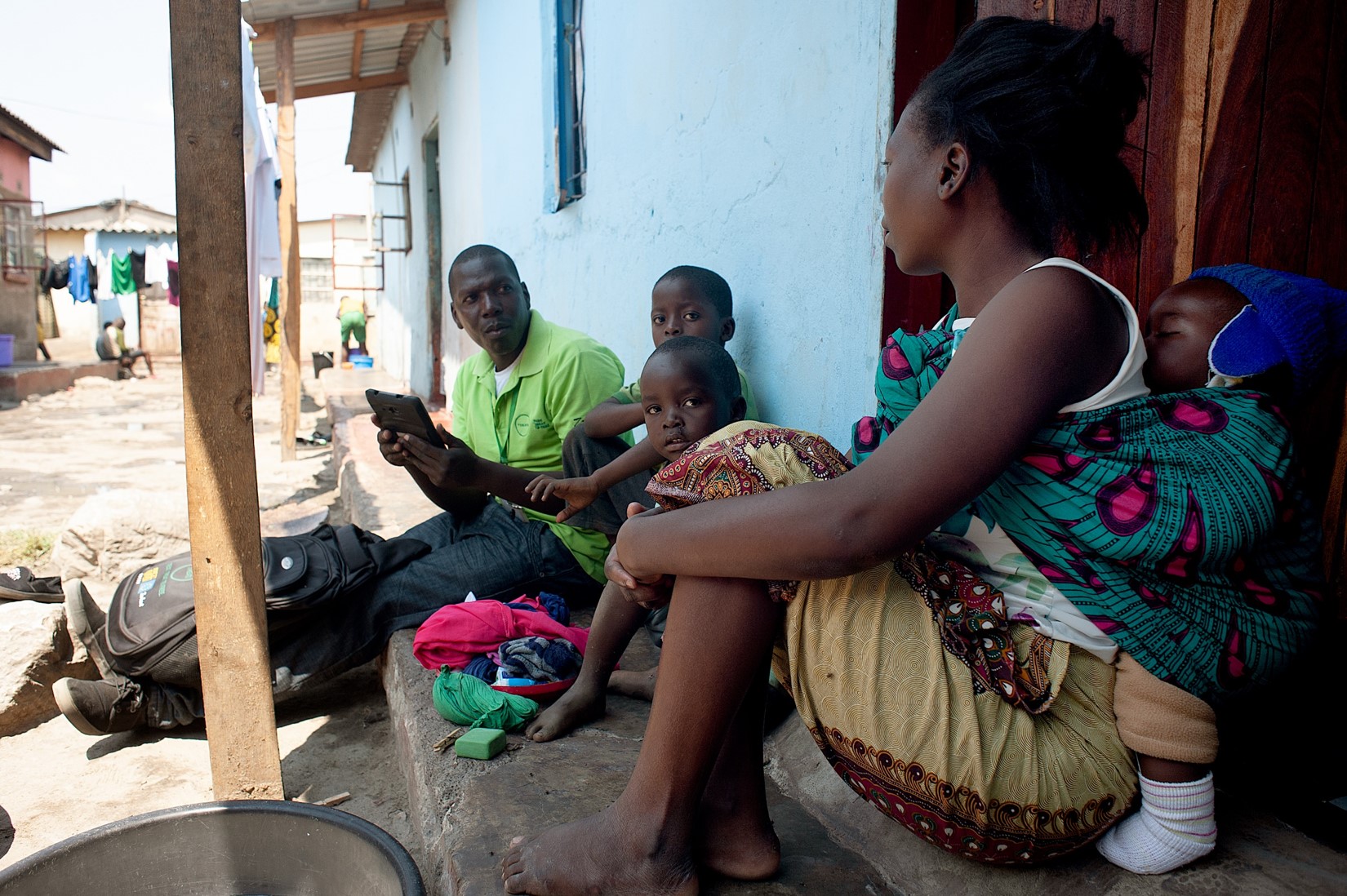The Union and international partners are exploring whether the detection and control of tuberculosis (TB) can be improved using the “7-1-7” metric.

In July 2021, Dr Thomas Frieden and colleagues from Resolve to Save Lives (RTSL) proposed “7-1-7” as a global metric to improve early detection and rapid control of health threats arising from suspected infectious disease outbreaks. The metric works as follows: every suspected infectious disease outbreak is identified within 7 days of emergence; the outbreak is reported to public health authorities within 1 day of identification; and effective response measures with objective benchmarks are put in place within 7 days of reporting.
The Centre for Operational Research (COR) at The Union, together with partners in Kenya, Pakistan and India as well as the WHO Special Programme for Research and Training in Tropical Diseases, suggested that the metric could be applied to the detection and control of infectious diseases like TB.
Household contacts of people with infectious TB are at high risk of developing the disease. One of the key interventions to reduce TB transmission in the household is household contact screening and initiation of anti-TB treatment for those with TB and TB preventive therapy (TPT) for those eligible for this intervention.
At the global level, implementation of household contact screening and investigation is poor. Less than 10% of the five-year United Nations High Level Meeting target for household contact screening has been achieved after three years. Furthermore, where the intervention has been implemented, screening and subsequent treatment can take up to two months or longer, negating its value in breaking household transmission. Therefore, a concerted effort is needed to accelerate this activity and ensure it is carried out in a timely way.
In this regard, the COR and its partners are aiming to assess whether the “7-1-7” metric can be adapted to household contact screening and treatment in the context of TB control efforts and thus enable this intervention to be timely and efficient.
RTSL has provided funding and technical support to the project, which will be conducted under routine program conditions in selected facilities in India, Pakistan and Kenya.
Firstly, people with pulmonary TB will be identified. In the first 7 days after their identification, their household contacts will be line listed. In the next day, symptom screening will be completed and contacts will be given symptom-screening outcomes. Within the next 7 days, investigations will be undertaken and completed and contacts started on TPT, anti-TB treatment or a decision made about no treatment.
Comparisons will be made with those of historical cohorts that have not used the time metric, and proportions completing activities within the “7-1-7” metric will be analysed. Enablers and challenges around implementing the “7-1-7” metric will also be explored. The project started on 1 July 2022.
